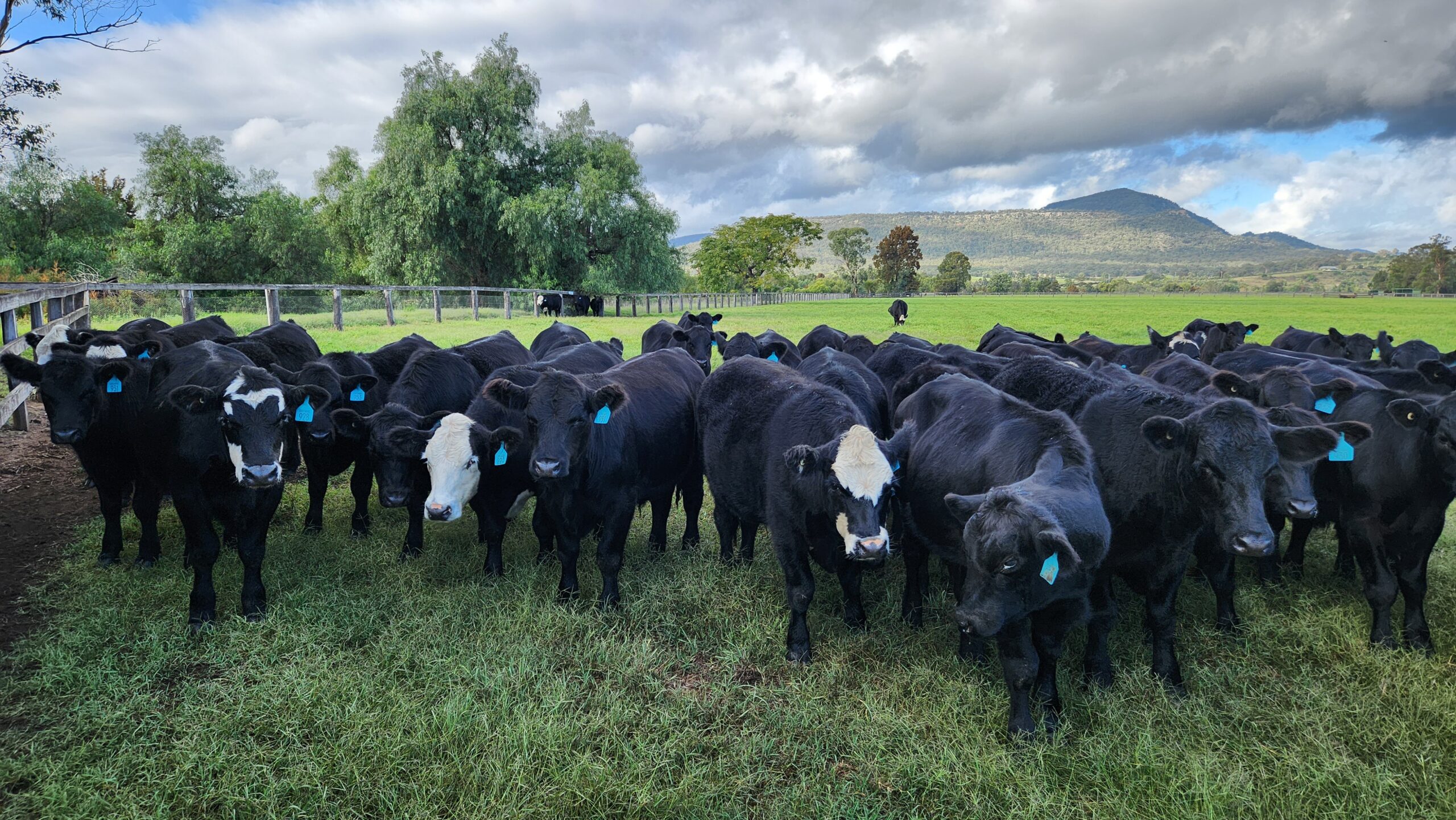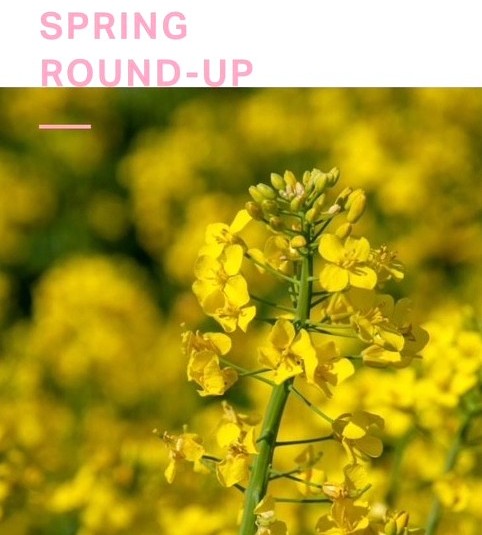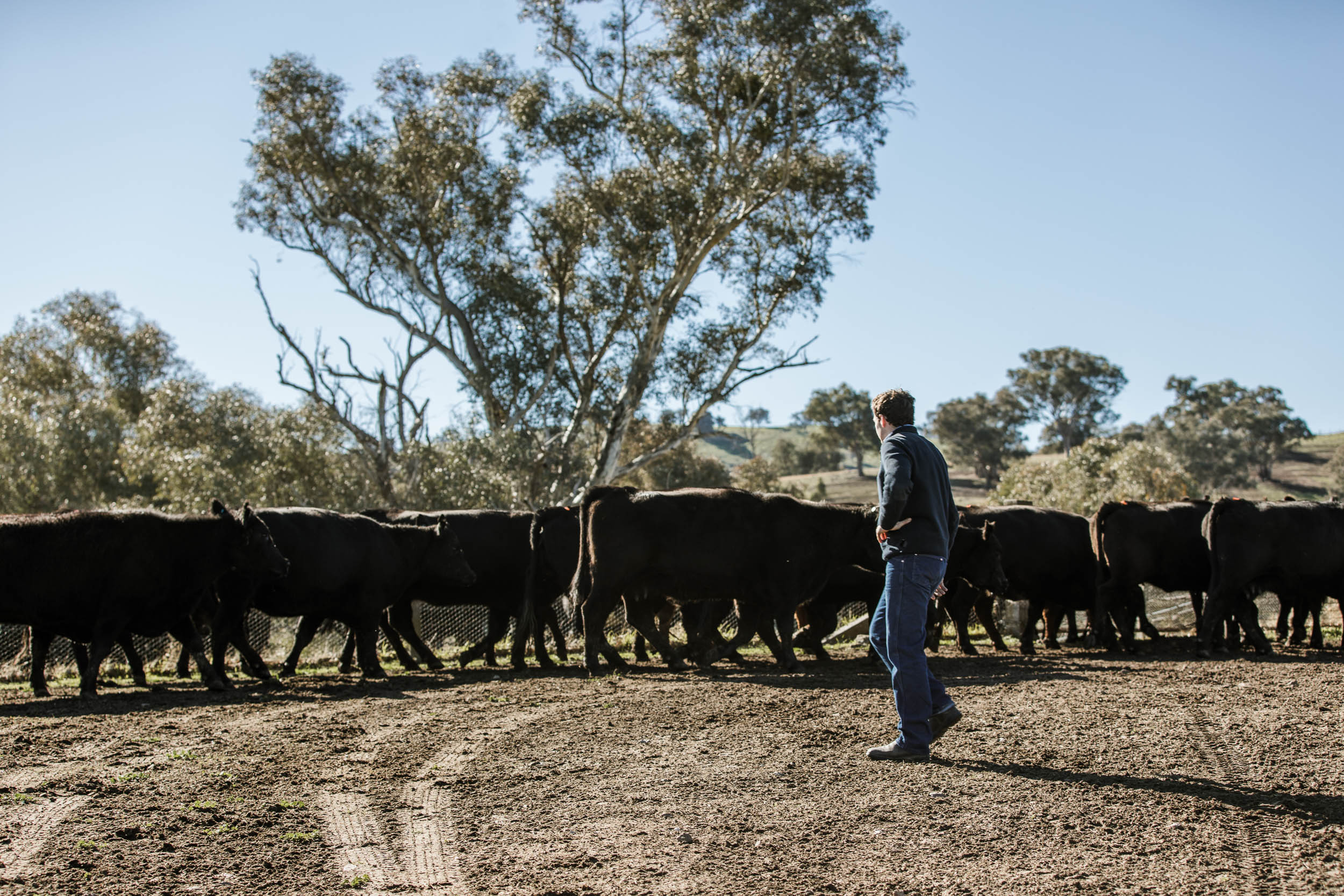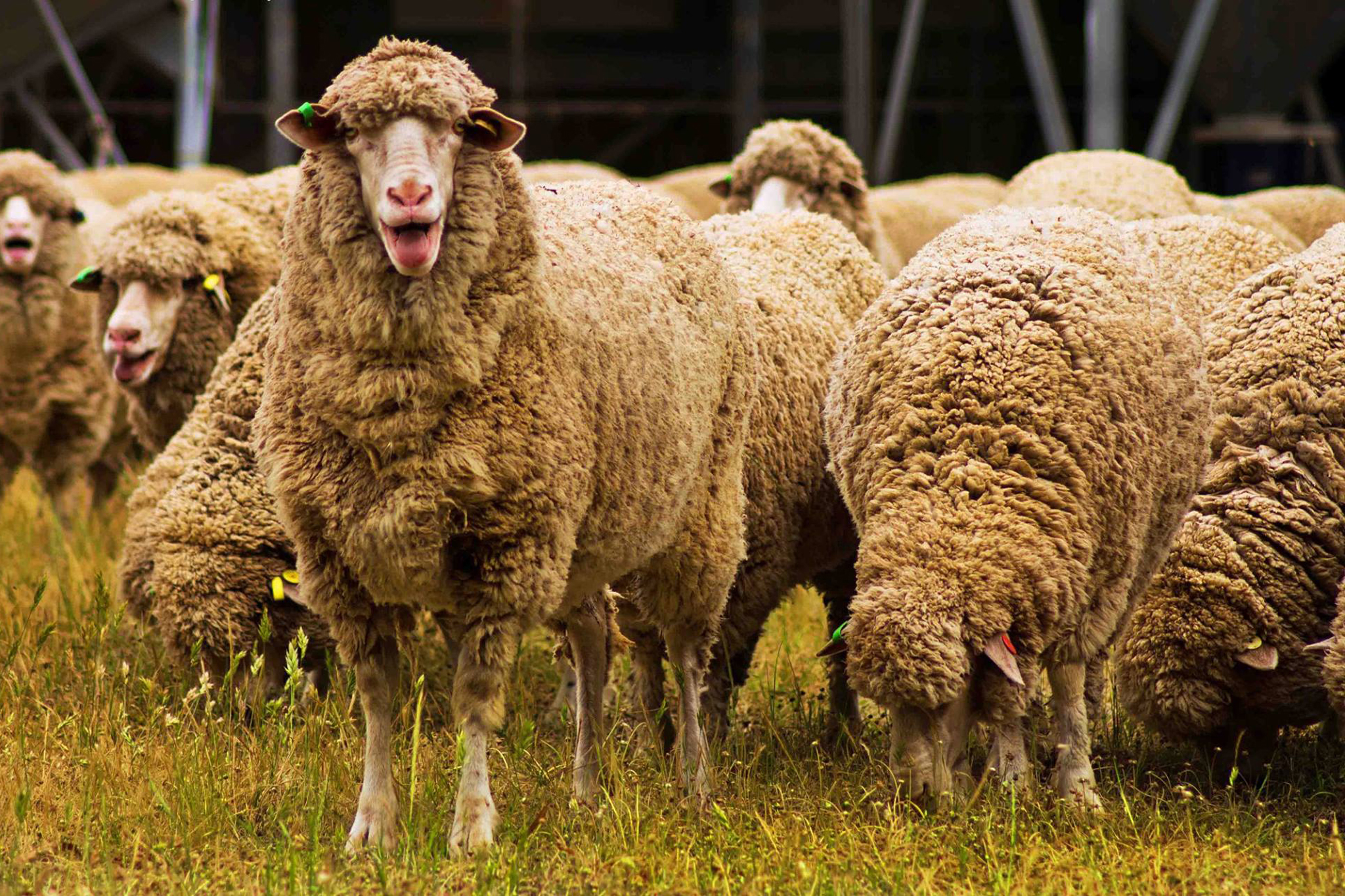Production, Not Marketing, Drives Trading Cattle Profits
Written by John Francis on July 09, 2025
Benchmarking data challenges the common belief that success in cattle trading relies on convoluted marketing strategies. Like other livestock operations, profitability in cattle trading is primarily driven by production efficiency.
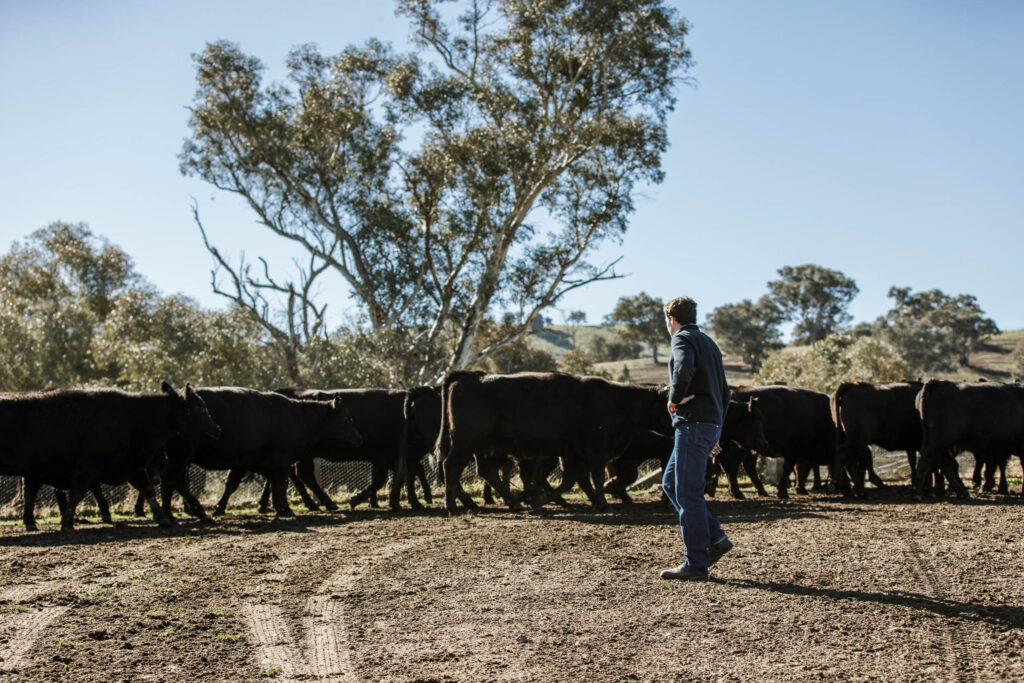
Agrista’s analysis of trading cattle enterprise management for the 2024/25 benchmarking year to date has identified key factors driving profitability. The difference in operating profit between the average of all managers and the top 20% of high-performing managers was $76 per DSE. This means that for every 3,000 megajoules of feed consumed, the top-performing group generated $76 more profit than the average.
The primary reason for this profit gap was the superior feed efficiency of the high-profit group. They achieved 33 kilograms of liveweight gain per 3,000 megajoules of feed consumed, compared to just 23 kilograms in the average group using the same amount of feed.

Of the total difference in profit, the trading margin was responsible for 27 percent, weight gain margin accounted for 45 percent and operating cost accounted for 28 percent.
The trading margin refers to the margin created by the difference in price per kilogram liveweight between buying and selling. Where the sale price exceeds the buy price then the difference creates value by delivering a margin over every kilogram of weight at purchase.
On average, the top 20% sold trading cattle for a price that was $0.42 per kilogram liveweight higher than the price they paid. The average only achieved a $0.06 per kilogram liveweight advantage. This difference equated to $118 per head purchased or $20.45 per DSE between the average and top 20%.
The weight gain margin relates to the margin created by adding weight to livestock after purchase. It is calculated as the difference between the sale and purchase weight multiplied by the price at sale. Genetics, feed quality, animal health and management all have an impact on the efficiency of weight gain.
The top 20% added 33% more weight (+36 kilograms per head) relative to the average and received a $0.36 per kilogram higher price. This delivered a benefit of $34.51 per DSE to the top 20% when compared with the average. Of the increased weight gain margin, when compared with the average, 90 percent was related to the additional weight and 10 percent was related to the additional price. This demonstrates weight gain is the key driver of profits in trading cattle enterprises.
Operating costs include enterprise costs and overhead costs. Enterprise costs are the costs easily allocated to the enterprise including animal health, transaction costs, freight and supplementary feed costs. Overhead costs are the costs of doing business including administration, insurance labour, rates, repairs and maintenance, motor vehicles etc. Of the $21.30 difference in operating cost 80 percent was due to lower overhead costs and 20% was due to lower enterprise costs.
What this means to you
There appears to be a greater appetite for get-rich-quick trading cattle schemes than there is for “old school” discipline. Production efficiency drives most of the difference in profit between the average and the top 20%. Management practices that reduced costs and improved feed efficiency had roughly three times the impact on profit compared to variations in purchase and sale price.

